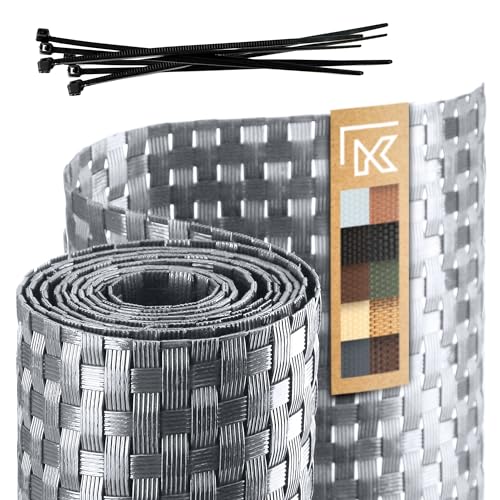Understanding the Importance of a Child Car Seat for Your 15-36kg Child
Why Child Car Seats Are Essential
When we think about travelling safely with our children in the car, investing in a child car seat becomes non-negotiable. For children weighing between 15 and 36 kg, a dedicated car seat ensures that they are safely restrained during every journey. It’s not just about compliance with the law; it’s about protecting our little ones in the event of sudden stops or accidents. A properly fitted car seat drastically reduces the risk of injury. By securing our children in a designated seat, we provide them with a protective cocoon that keeps them safe from the forces generated during car travel.
Legal Requirements
We also need to be aware of local regulations concerning child car seats. In most places, children must remain in a suitable car seat until they reach a specific height or age. Understanding these legal requirements helps ensure not only our children’s safety but also our compliance with the law. Moreover, knowing when our child has outgrown their seat can help us upgrade to the next level of safety equipment at the right time.
Choosing the Right Type of Child Car Seat: Booster Seats vs. High-Backed Boosters
Understanding Booster Seats
When it comes to selecting the right type of child car seat, we generally have two main options: standard booster seats and high-backed booster seats. Booster seats elevate our child, allowing the vehicle’s seatbelt to fit properly over the stronger parts of their body. This ensures that during a crash, the seatbelt operates as intended, rather than slipping off or injuring the child.
The Benefits of High-Backed Boosters
High-backed booster seats, on the other hand, offer additional head and neck support. They are particularly beneficial for younger children or those who may still need help keeping their heads stable while sleeping in the car. With built-in side protection, high-backed boosters can enhance safety during side-impact collisions, making them an excellent choice for families who often drive long distances or travel on busy roads.
Making the Right Choice
As we consider which option is best, think about your child’s age, size, and comfort needs. Asking yourself questions like how often your child travels by car, whether they frequently nap in the vehicle, and the type of vehicle you have can guide our choice. A test fit is always a great idea, allowing your child to sit in both types to see which one they prefer.
Key Features to Consider When Buying a Child Car Seat
Safety Features
When purchasing a child car seat, safety features take precedence. We should look for features like side-impact protection, a five-point harness system, and sturdy construction materials. These elements significantly increase the level of safety our child would enjoy while travelling.
Adjustability and Comfort
Another important consideration is adjustability. A car seat that can grow with our child is a wise investment. Features such as multiple reclining positions and height-adjustable headrests ensure that as our child grows, their car seat remains comfortable and secure.
Ease of Use
Equally important is ease of use. A car seat that is complicated to install or adjust can lead to mistakes in securing our child properly. Look for user-friendly designs with clear instructions and visual indicators to ensure the seat is properly fitted each time.
How to Properly Install and Use Your Child Car Seat for Maximum Safety
Installation Tips
Proper installation is critical to the effectiveness of a child car seat. We should begin by reading both the vehicle manual and the car seat manual, ensuring we understand how each element works together. It’s vital to ensure that the seat is tightly secured; there should be no more than one inch of movement when testing the seat at the base.
Using the Seatbelt Correctly
When using a booster seat, we need to ensure that the seatbelt is positioned correctly. The lap belt should cross the tops of the child’s thighs, while the shoulder belt should lie across their chest and shoulder without touching their neck. Regular checks can guarantee that the seatbelt remains in the proper position as our child grows.
Maintaining Your Child Car Seat: Tips for Longevity and Hygiene
Cleaning Your Child Car Seat
To provide a hygienic space for our children, regular cleaning of the car seat is essential. Most car seats come with removable covers that can be machine washed, making upkeep relatively simple. We should also consider using disinfectant wipes on plastic components that may accumulate germs, especially during flu season or after outings.
Inspecting for Wear and Tear
Additionally, periodic inspection of the car seat for any signs of wear and tear can prevent potential safety issues. It’s helpful for us to check the harness straps, buckles, and the seat structure to ensure everything is intact and functioning properly. If we notice any fraying straps or cracks, it may be time to consider a replacement.























